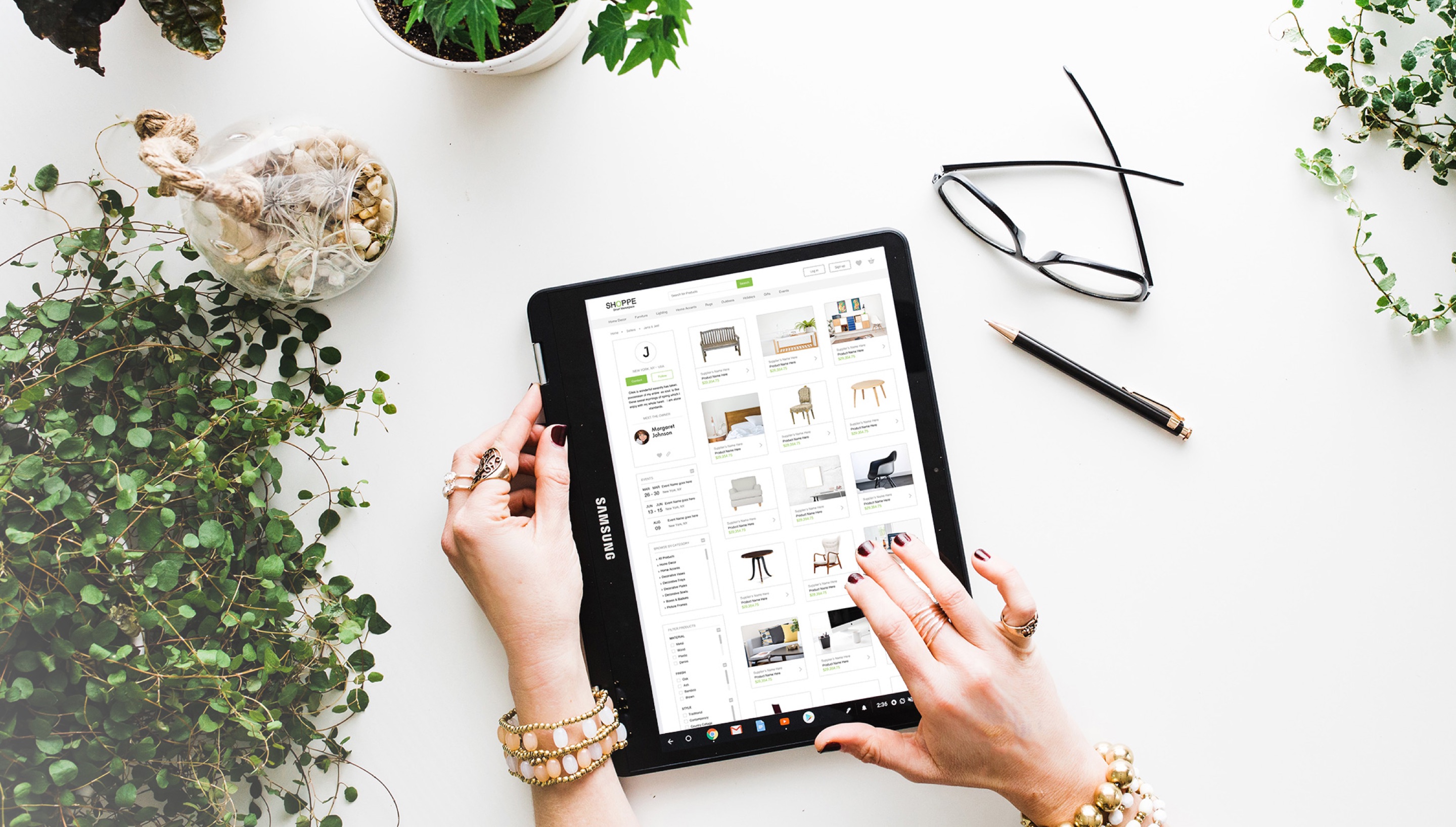Retailers and Consumer Product Goods (CPG) companies are facing a new reality. One that came on slowly, then accelerated to the point where inaction was no longer an option. Much like everyone does in their middle age, these companies suddenly became aware they were no longer young, not in as good of shape as they really should be and facing a future where there was a stable of young upstarts ready to take their place on the hill. Unlike the rest of us they weren’t facing their doctor telling them to lose some weight, or having a cancer scare, however those parallels are also not too far from reality.
Many CPGs and retailers had a great youth and young adulthood. The latter part of the 20th century was good to many brands as they came of age and moved into their own. Much like many they suffered through the Great Financial Crisis but many emerged in 2011-2012 healthy and ready to take on middle age. Then, the problems started to mount. Amazon had used the long winter of recession to bolster its dominance in eCommerce and create a 3rd party logistics network which allowed it to move goods across the country at speeds never seen before. Coupled with a membership program whose success had not been seen since the likes of the Mickey Mouse Club, many brands woke up one morning to find themselves with a new malady they were not ready for, and an organization which was bloated and out of date to deal with the problem. As anyone who has tried to lose weight will say, it’s not easy to change one’s lifestyle and it’s very easy to fall back on old, familiar habits.
In the early part of the century when eCommerce was first taking hold some trailblazer retailers created online stores as another channel to reach their customers. Most often these were separate divisions from the rest of the business, with their own P&Ls or frequently as a cost center to some other marketing outreach. In reality they were typically a bunch of folks in a room in the basement with some computers that no one really checked on or cared about. As long as the website loaded when it was clicked, it was considered a win and not thought of again. And so this continued through the middle part of the previous decade. Then, Amazon started selling things more than books, and everything changed.
Retailers and CPGs now had a new, upstart competitor. A company with an established delivery network that could deliver goods to its customer’s doors in just a few days with a few mouse clicks; frequently with free shipping, unheard of at that time. The seed had been planted, and the tumor that would eventually start hampering every brand, retailer, and CPG in the world had begun to grow. It had a healthy place to grow, there was an increasingly digital population who was interested in new ways of delivery, and a competitive landscape where major brands were not investing in digital heavily, and many not at all as they saw it just a “fad”.
Fast forward 15 years and the damage has been done. Many storied retailers who ignored the calls to take care of the cancer and lose the extra weight have passed on, and many who started too late are suffering and may face a similar fate. However, much like modern medicine there have been massive leaps in treatment, or in this case strategy, as to how to deal with the ever-increasing threat.
Brands must reinvent themselves from the inside out, they have to change their lifestyles, in order to continue to compete and to grow in this new digital world. They need to update their organizations to change not only how they do business, but to ensure that they are meeting their customers where they want to be, when they want them to be, and how they want them to be. The old days of putting up and “OPEN” sign and waiting for foot traffic are over. The new world is always-on, always-omnichannel, always-innovating. Companies that have organizations that cannot support this are the business equivalent of obese and while still able to operate and do what they used to do, face a future of slowing down and not being able to move to the future as fast as they should. Digital transformation is the diet and exercise, and organizational change is the weight loss.
Retailers and CPGs must also accept that Amazon is here, in their category, and has a long-term strategy of being the only one left standing. Amazon’s marketplace strategy is to be the middleman of all transactions between brands and retailers, and by extension the owner of all of the customers. Brands face a reality where the place where most of the customers are is a place where the owner of the marketplace wants to own all of the transactions and the customer experience. It’s easy to say that in order to sell online that one either must sell on Amazon, or one must go direct-to-consumer, but in reality, the truth is much more nuanced than that. In most cases a hybrid strategy is the best course of action, and knowing short, medium, and long term goals and success metrics is critical.
Amazon has a saying that it uses internally, “never sacrifice long term goals for short term gains.” All retailers and CPGs would be wise to follow this philosophy themselves, and come to peace with the fact if they don’t take care of themselves, the future won’t take care of them either. Brands, heal thyself.










